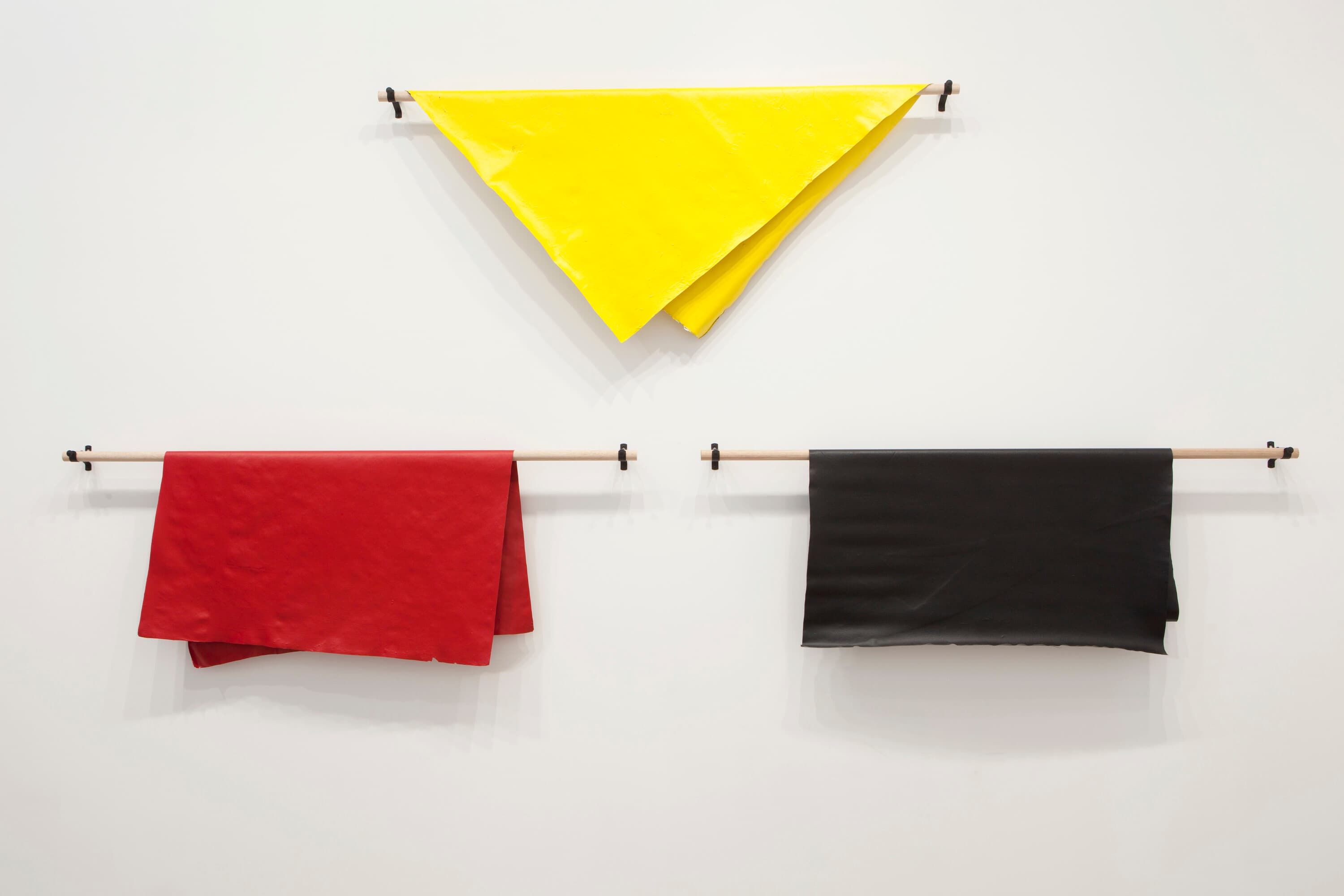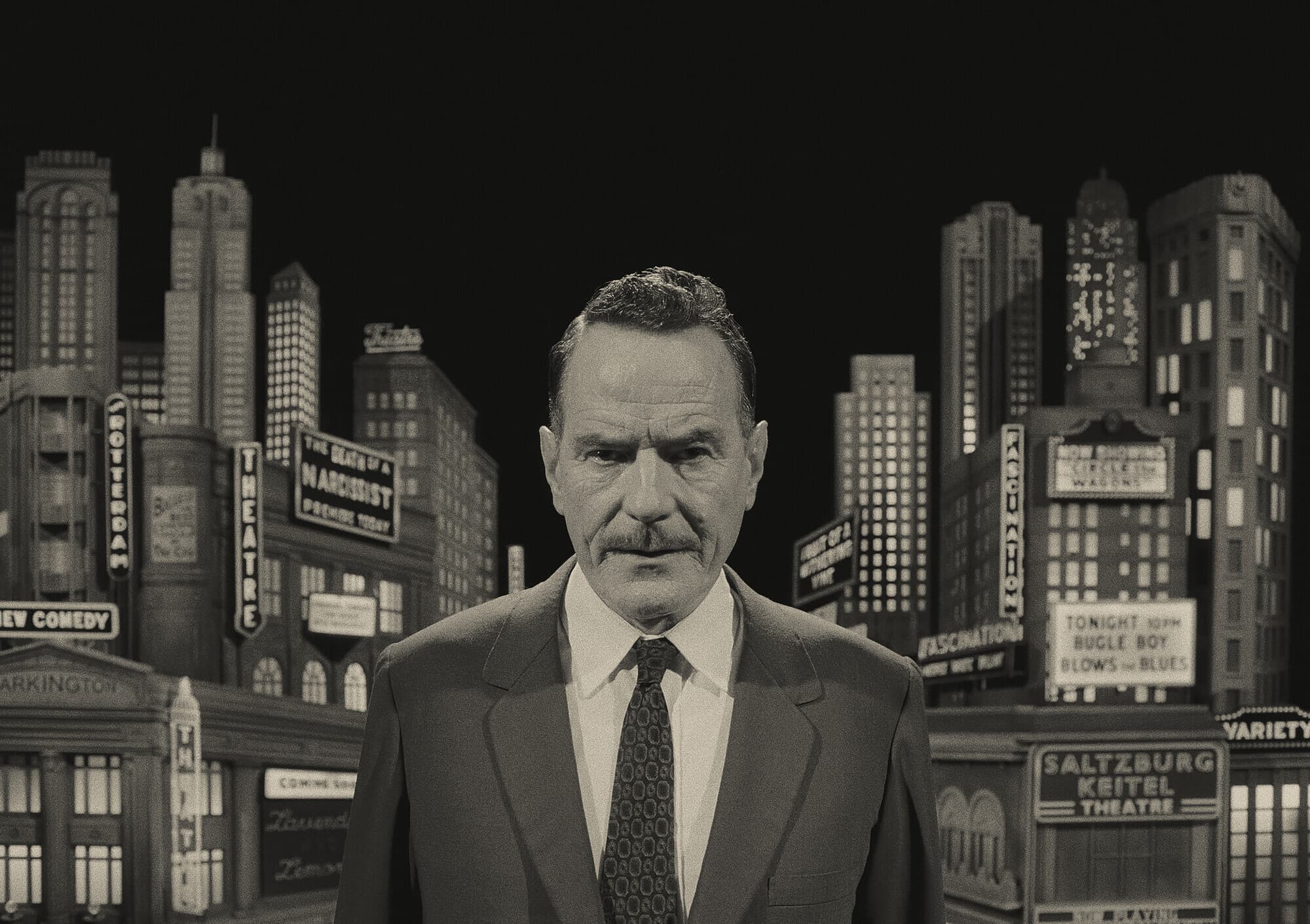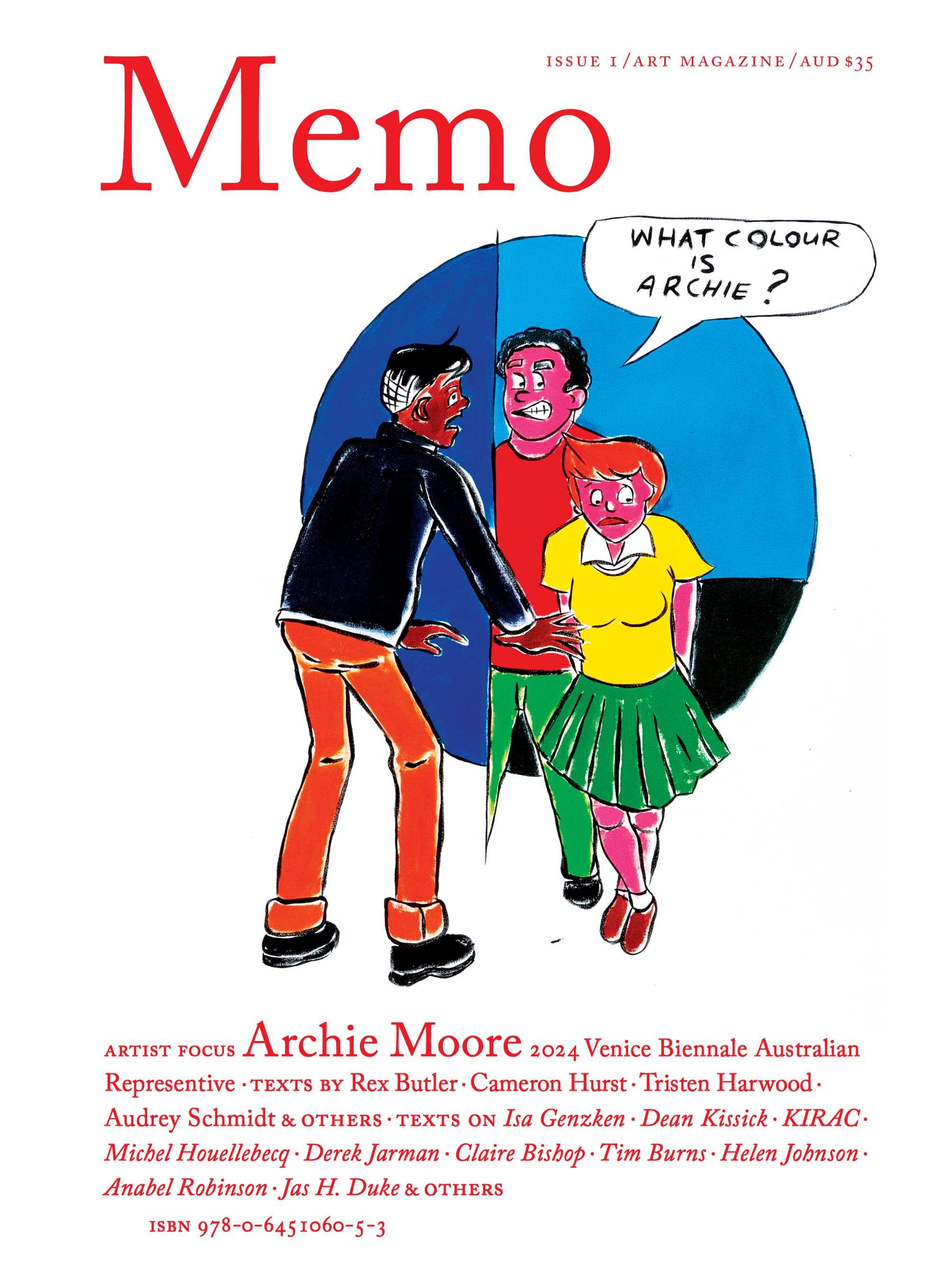The Design Turn
As Melbourne’s art institutions blur the line between art and design, a corporate logic of spectacle, lifestyle, and marketability takes hold. Is the NGV’s embrace of design a progressive expansion—or just kitsch in highbrow drag? And if public museums have abandoned art, who’s left to protect it?
By Amelia Winata
Issue 1, Summer 2023/24
In the mid-twentieth century, whingy American art critic Clement Greenberg went around espousing the importance of “medium specificity” in art. In his best-known essay, “Modernist Painting” (1961), he argued that each medium had a formal characteristic that should be focussed on and not be used by other mediums. As a canvas is flat, painting needed to emphasise its flatness. The use of illusion in painting invoked three-dimensionality, which Greenberg asserted was the defining characteristic of sculpture and so bad in painting. Earlier, in “Avant-Garde and Kitsch” (1939) Greenberg had suggested that if art did not maintain medium specificity it would devolve into kitsch, which he considered a dangerous by-product of industrialisation, a historical process that he closely associated with the political manipulation of the “urbanised masses” by capitalists, fascists, and communists. Kitsch was defined by profit, entertainment, and mass appeal rather than the aesthetic ideals of art. Kitsch was, for Greenberg, the opposite of art.
Exclusive to the Magazine
The Design Turn by Amelia Winata is featured in full in Issue 1 of Memo magazine.
Get your hands on the print edition through our online shop or save up to 20% and get free domestic shipping with a subscription.
Buy this article as an ePaper (PDF)
Single-article PDF, not the whole issue. AUD $5.00.
Related

Archie Moore’s minimalism plays a formalist trick on a settler audience that sees only an Aboriginal flag, never the painting itself.

At a time when all these elements are easily replicated by AI and memed on social media, what is often called Anderson’s “twee” aesthetic continues to be derided as all style and no substance.
